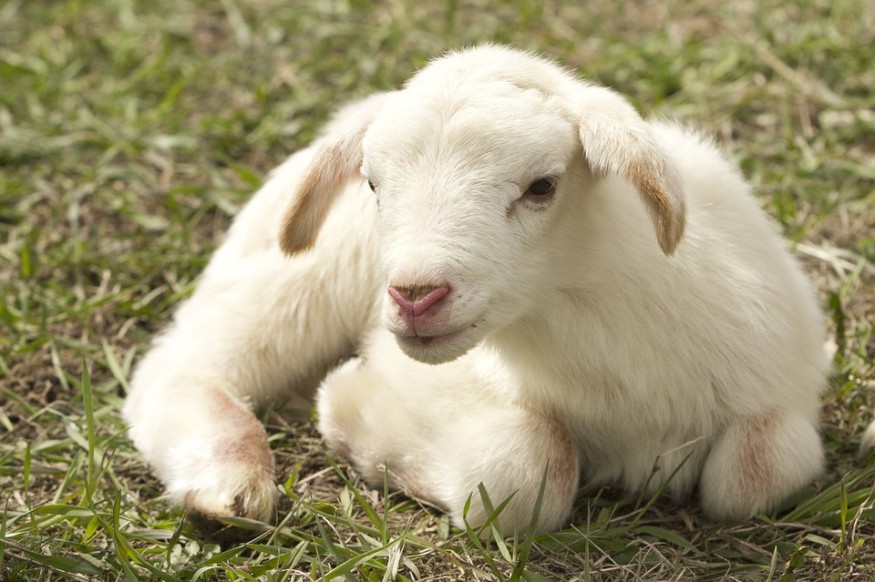
No matter how much we enjoy our steaks, cheese, and baby back ribs, meat and dairy are one of the biggest contributors to excessive greenhouse gas emissions in the world, greatly causing the warmth of our climate.
The biggest factor of climate change—the cause of an ongoing mass extinction—is converting and destroying natural habitat into land for food. According to Lester Brown, founder of the Earth Policy Institute, the more dependent we are on meat, milk, and eggs, the greater the CO2 and methane emissions are.
Cattle and livestock of all kinds produce methane as a byproduct of breaking down grass, and other things they feed on. Discovery Channel says that methane is twenty-two times more potent as a climate-changing gas than CO2, which means it doesn't take a lot of it to create negative impacts.
These effects of animal agriculture make it a very inefficient way of producing food. Three-quarters of land is utilized just to feed livestock. And when all aspects are factored, from the clearing of land for grazing, feeding, and transportation, livestock causes more greenhouse gases than all the direct emissions from the entire logistics sector.
The alarming damages that our planet is now facing, especially with animal agriculture, have encouraged Scottish scientists to seek more sustainable ways for the industry. And they are now doing so with sheep.
Raised principally for their meat, milk, and fiber, a sheep's diet typically includes seeds, grass, and plants. As a ruminant, they have multi-chambered stomachs that ferment cellulose before digestion, and some of them don't even need much water.
Led by scientists from Scotland's Rural College (SRUC), an initiative called the Grass to Gas project aims to find new ways of breeding and feeding sheep to reduce negative environmental impacts. The researchers plan on combining industry and international scientific expertise to measure the two main factors that affect the environmental impacts of sheep.
The first factor would be feed efficiency, which concerns the amount of sheep feed required to produce a unit of meat or milk. And the second would be the volume of methane emissions. State-of-the-art sensor technologies, recording equipment, and novel protocols from partner countries such as Norway, Uruguay, and New Zealand are expected to be utilized to measure these traits at an individual sheep level.
The main goal is to be able to develop alternative breeding solutions for the animal agriculture industry by seeking ways to identify animals with lower environmental impact, which can be chosen as part of programs for genetic improvement. The three-year project will be running until September 2022, with its initial phase testing different equipment and technologies such as imaging techniques, electronic feeders and faecal markers, and sensors for their ability to accurately predict feed intake and methane emissions from sheep.
Dr. Nicola Lambe, SRUC's sheep geneticist, said, "The reduction in greenhouse gas emissions is a global issue requiring a trans-national and trans-disciplinary approach."
The doctor also emphasized how this project intends to develop equipment to measure or accurately anticipate feed efficiency and methane emissions from individual animals and systems of sheep farming. This will also provide the international industry with the means to breed, feed, and manage sheep with a lesser negative impact as part of genetic improvement initiatives.












